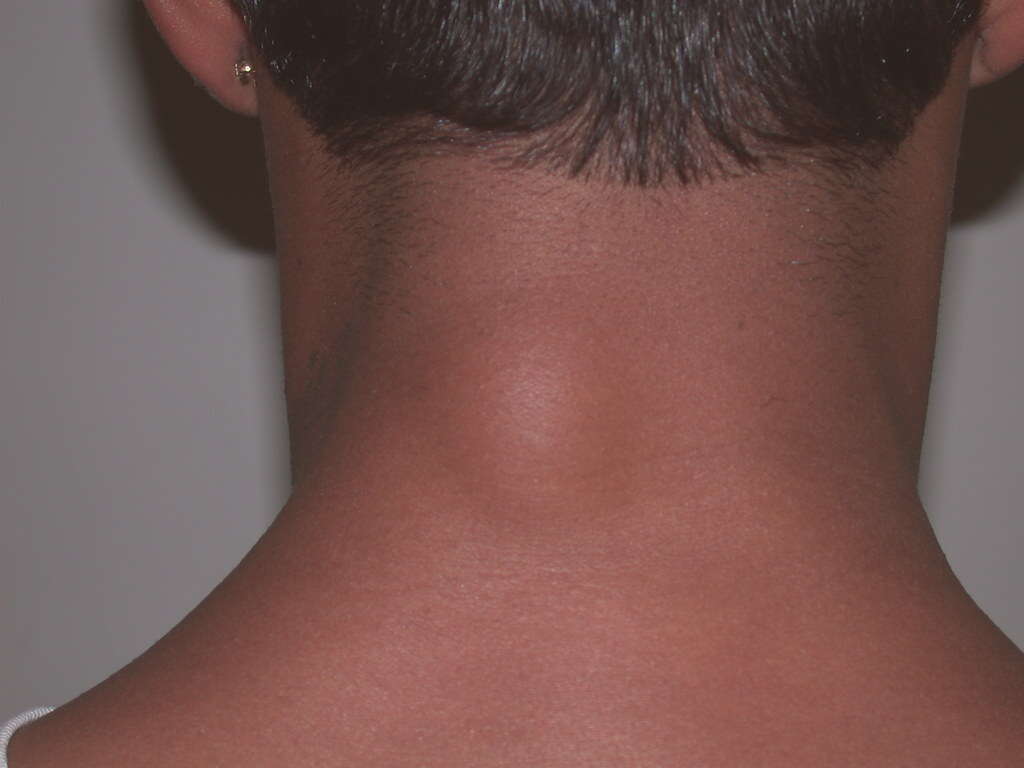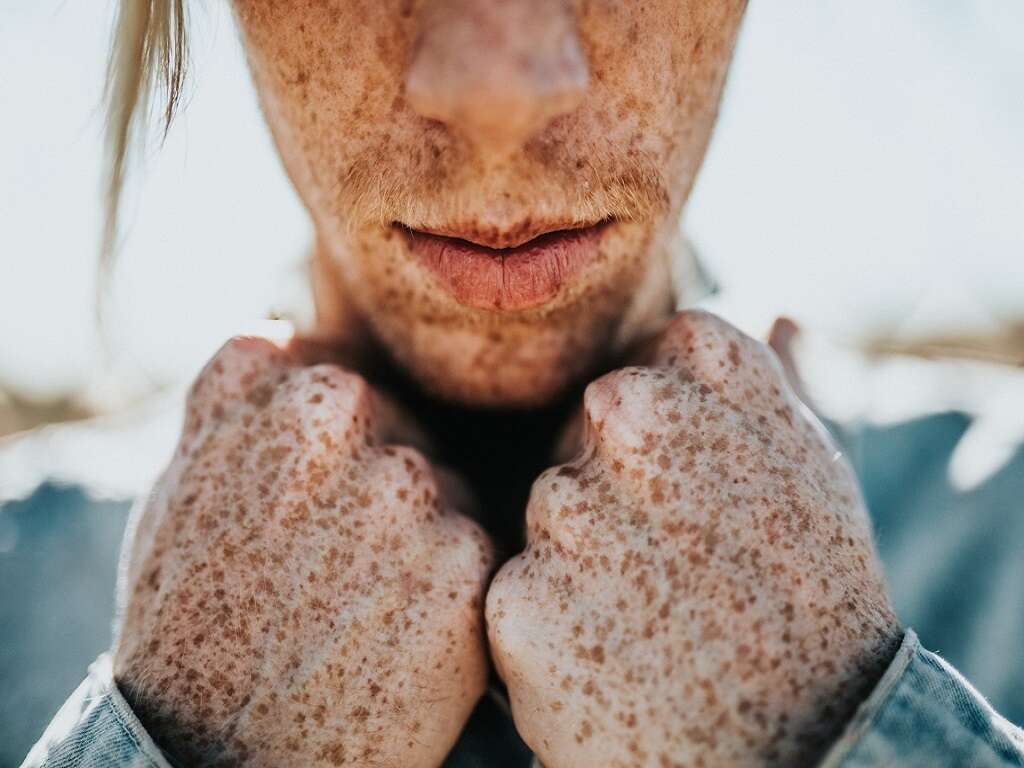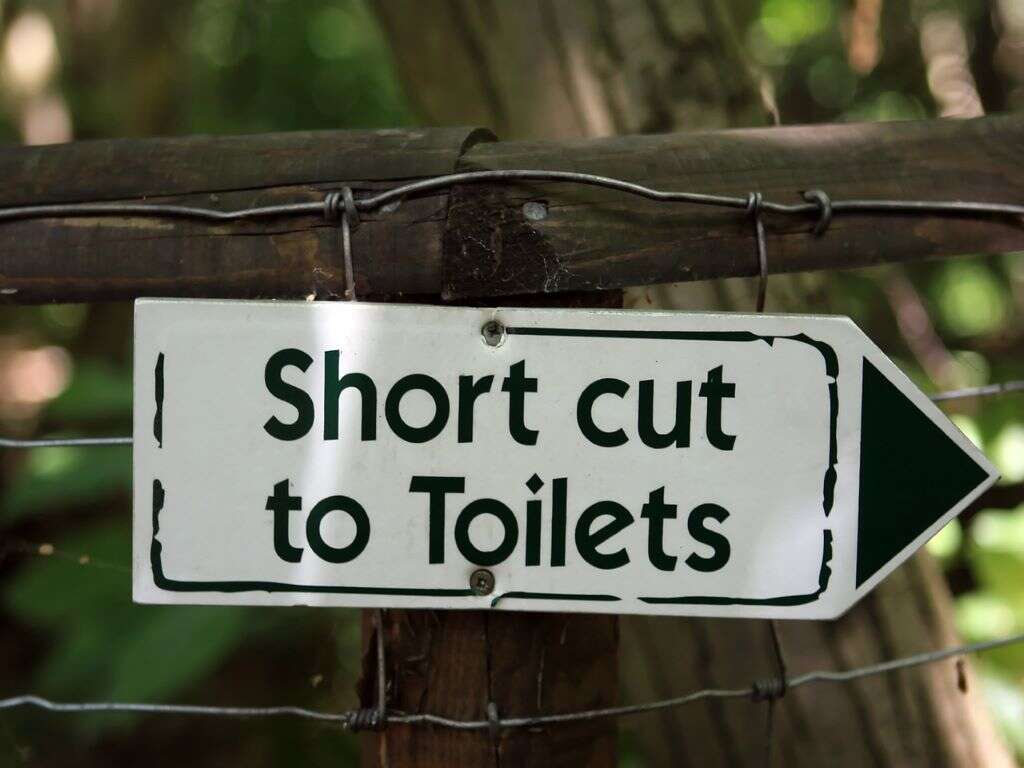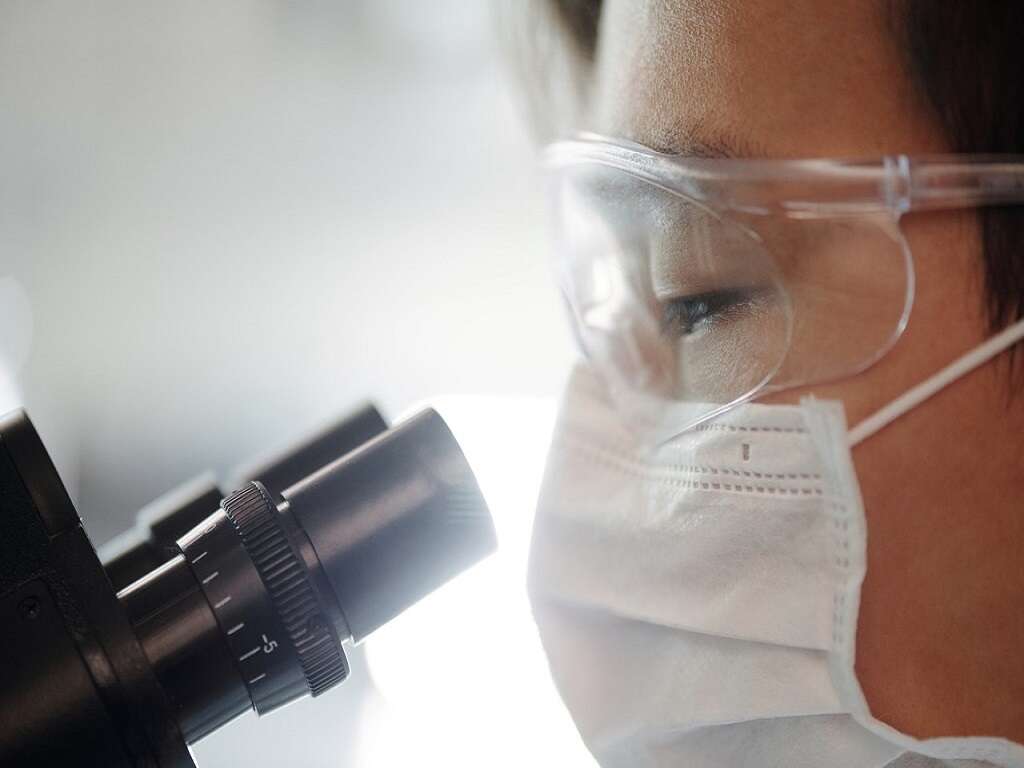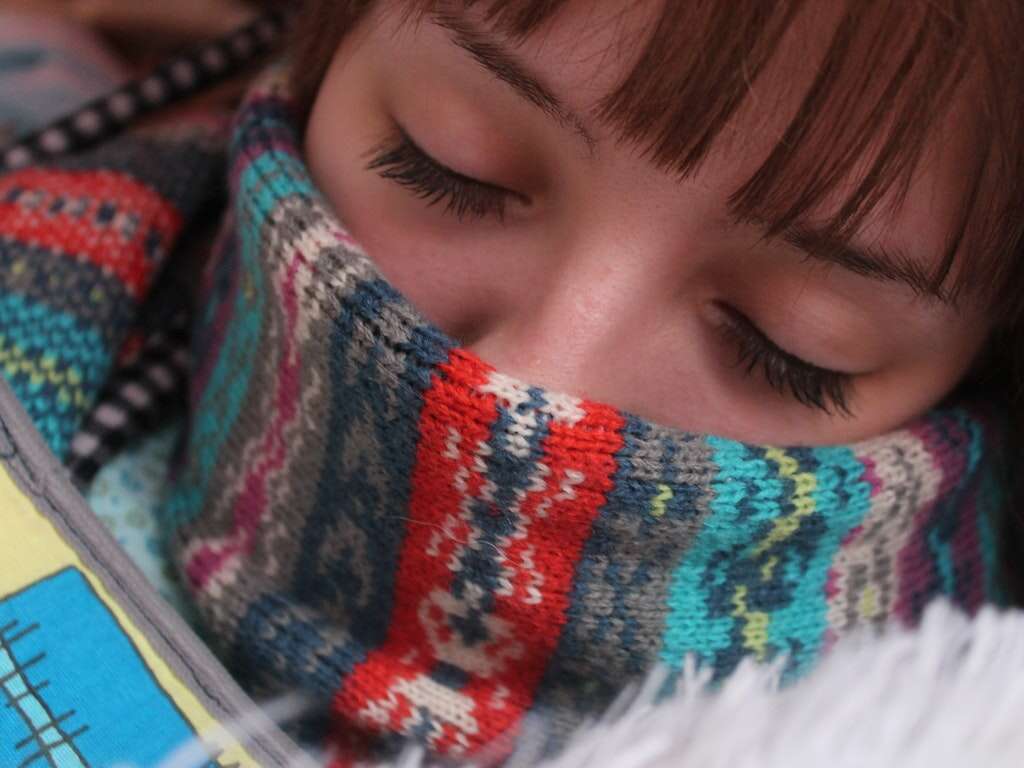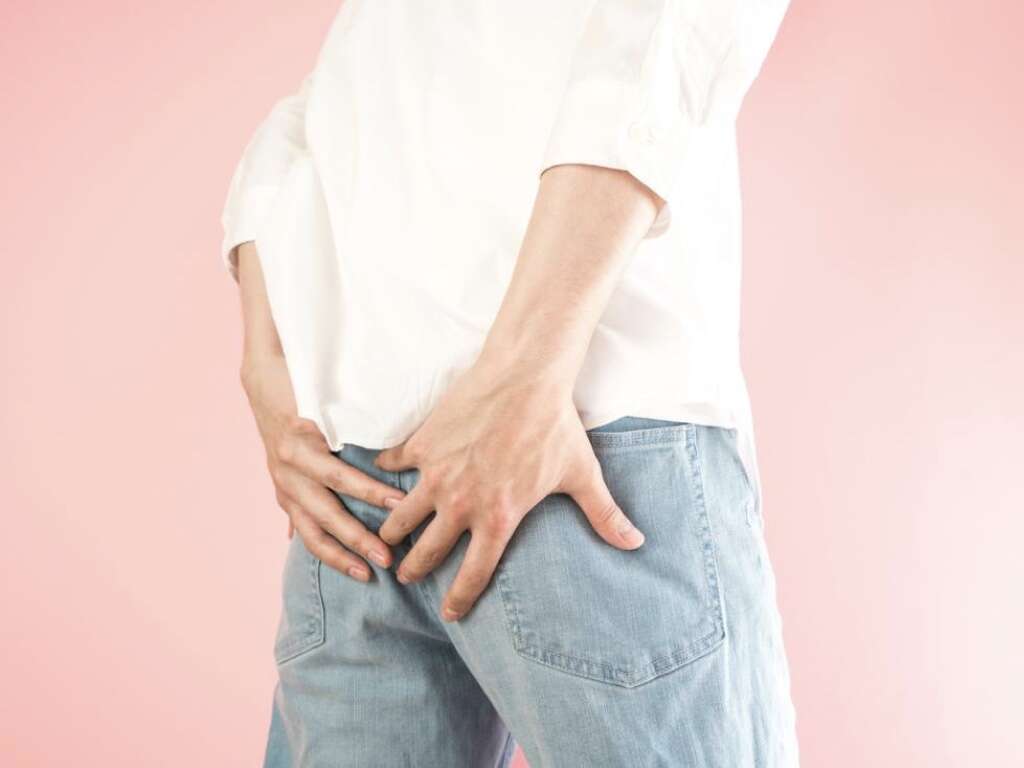What Is a Pilonidal Cyst?
Your coccyx sits at the base of your tailbone. For some people, that specific location is prone to developing a cyst. Cysts, in general, are lumps on the surface of the skin that can be filled with pus, fluid or other debris. They are not cancerous. When one forms on the coccyx, it is referred to as a pilonidal cyst.
Pilonidal cysts resemble a large pimple. They can vary in size, becoming quite large in some individuals. They do have a propensity for becoming infected, which can make them painful. A cyst that is infected is called an abscess.
1. Causes of Pilonidal Cysts
There is uncertainty about why pilonidal cysts form, but there are a couple of prevalent theories. One is that they are the result of an accumulation of hair and debris, or perhaps an ingrown hair, that gets trapped in the pores of the crevice at the upper region of the buttocks. Often, doctors find a cluster of hair within the cysts during treatment.
Another theory is that they are the result of trauma to the area affected. The idea originated during WWII, when a significant number of soldiers were hospitalized due to the presence of pilonidal abscesses. It was believed that they formed because of the long hours spent riding in jeeps over bumpy roads, which also earned the condition the name “jeep disease.”
2. Symptoms of Pilonidal Cysts
If you have a pilonidal cyst that is not infected, you might not experience any symptoms other than the presence of a growth in the crease of your buttocks, over your tailbone. Once the cyst becomes an abscess, more symptoms begin to appear.
Symptoms are common to other types of infections. You might feel pain, tenderness and swelling at the site of the cyst. There might be a discharge of pus or blood from the abscess, and the fluid could have a bad odor. In addition, it is possible to feel lower back pain and to run a fever.
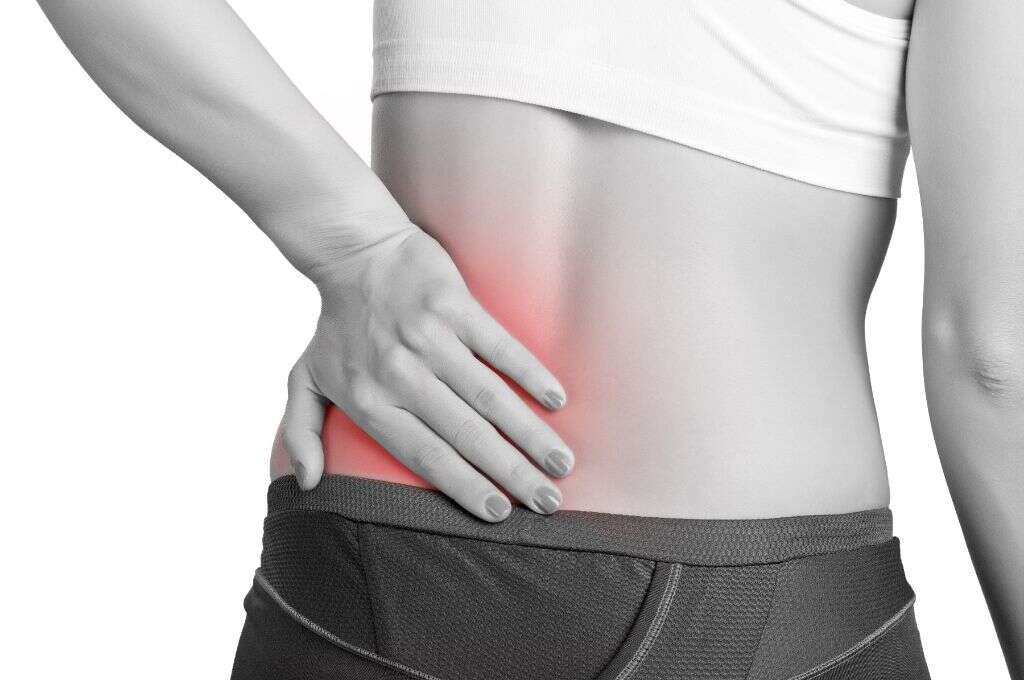
3. Concerns About Pilonidal Cysts
An uninfected cyst rarely causes any need for concern. If it is large, it can be uncomfortable, become easily irritated and is likely to become infected at some point. When the pilonidal cyst interferes with your comfort level during daily activities, you might want to consult your doctor for treatment.
Once the cyst becomes infected, more attention is potentially needed to get rid of the infection and ease symptoms. Unlike other infections, abscesses don’t heal from the use of antibiotics. However, your doctor will treat it in other ways.
4. Risk Factors for Pilonidal Cysts
There are several risk factors that make people more likely to develop pilonidal cysts. They occur much more frequently in young people and in males. They are also more likely in individuals who lead a sedentary lifestyle or are overweight. A high number of truck drivers get the condition.
There is also a hereditary factor. You are more likely to get one if you’ve had family members that have had them. In addition, if you have dense, thick body hair, you are at higher risk. People who shave the region of concern or who engage in activities that result in a lot of friction to the area are also much more likely to develop a cyst.

5. Diagnosis of Pilonidal Cysts
Diagnosis is typically done through a physical examination. The location and characteristics of a pilonidal cyst make it easily diagnosable. If you have a lump or swelling that is filled with fluid in the region of the coccyx, a pilonidal cyst is indicated.
Your doctor might also gather more information from you to ascertain how long you’ve had the condition and whether you’ve had it before. If there is a severe infection, blood tests could be ordered to determine the nature of the infection.
6. At-Home Treatments for Pilonidal Cysts
There are several remedies that you can try at home to alleviate some of the symptoms and even aid in healing. Taking a warm bath can reduce pain as well as prevent the cyst from worsening. If sitting is painful or uncomfortable, try a coccyx pillow to alleviate pressure.
Taking zinc, vitamin C and vitamin A can assist in the healing process and in tissue repair. Applying tea tree or sage oil is beneficial in alleviating pain and potentially speeds up healing. Castor oil is a good topical anti-inflammatory. Raw garlic applied as a salve to the abscess can promote healing, though it can be extremely irritating to the skin.
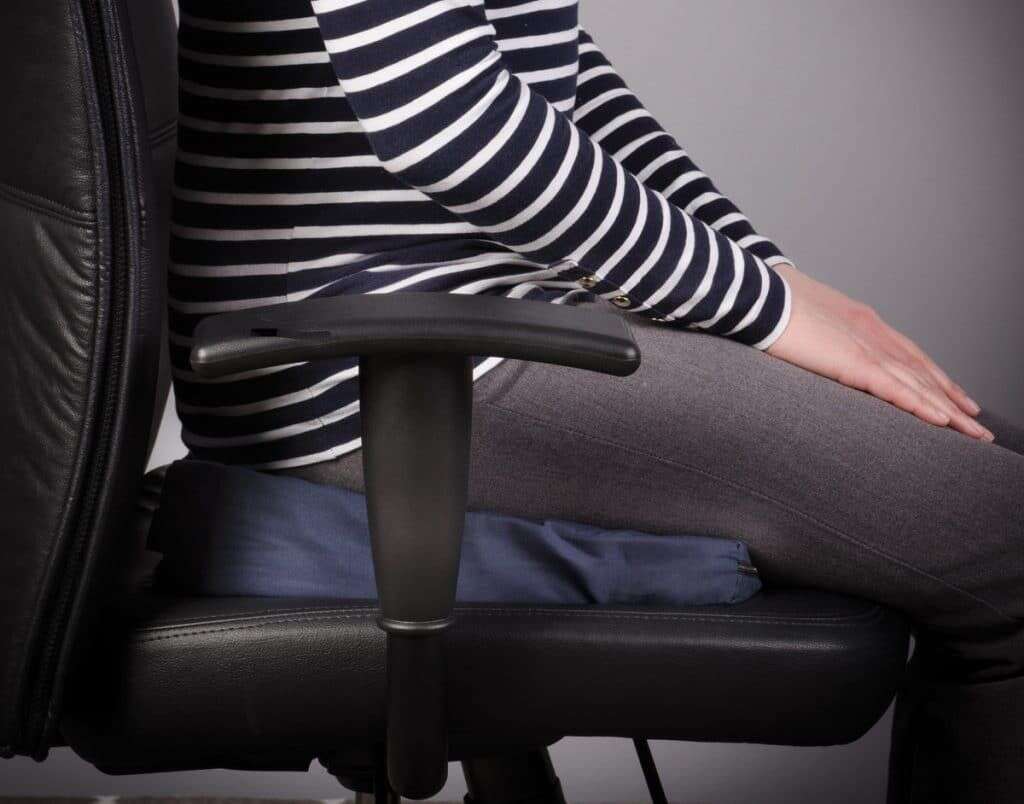
7. Medical Treatments for Pilonidal Cysts
The most common form of treatment is draining the cyst of the infection. This procedure involves lancing, or making an incision, in the abscess. Generally, the procedure is done under local or general anesthesia. Another potential procedure requires a lateral incision for draining and then removing the pits that lead under the skin.
For individuals who are immunocompromised, such as those who are taking steroids or undergoing chemotherapy, antibiotics might be prescribed to prevent secondary infection. While antibiotics do not heal the cysts themselves, the doctor often prescribes them if sepsis or cellulitis has occurred.
8. Additional Surgery for Pilonidal Cysts
More extensive surgery is possible for those who have excessive scar tissue or a chronic pocket that is repeatedly infected. Tissue removal is generally performed in these instances. One surgical option, a cystectomy, removes the entire cyst.
A second possibility is the Karydakis procedure, which removes only the scar tissue. If necessary, surgeries that remove more extensive tissue than the cystectomy or Karydakis procedure are performed. However, these are considered only in extreme circumstances.
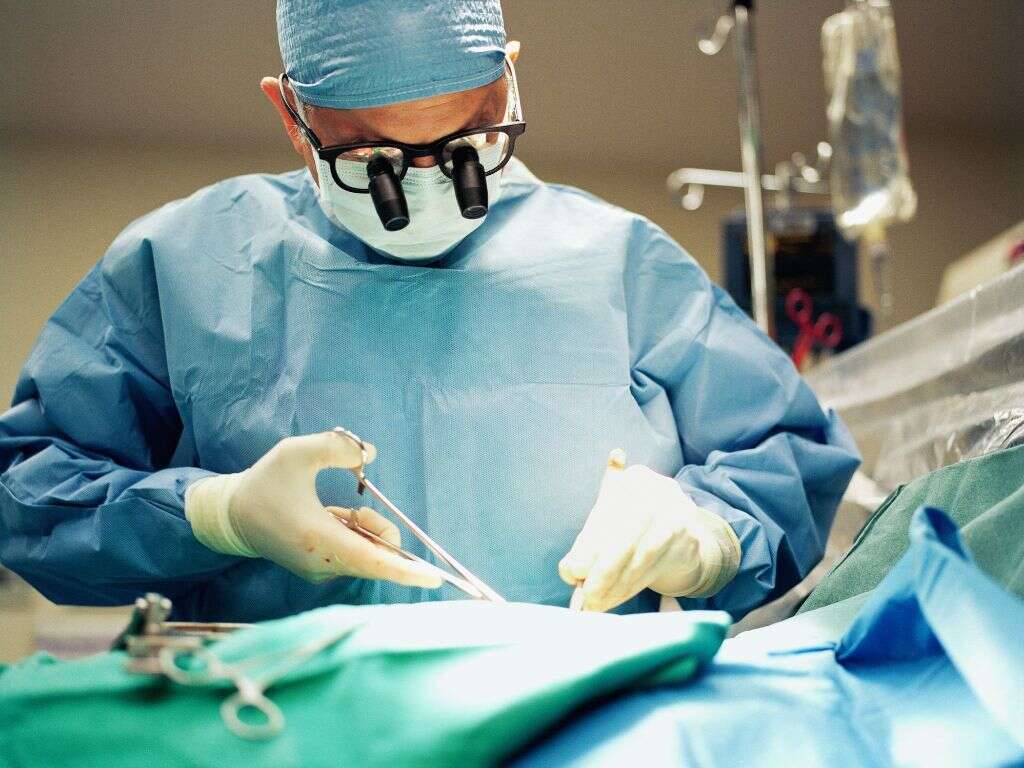
9. Prognosis for Pilonidal Cysts
Generally, the prognosis for people with pilonidal cysts is good. Surgery is typically required to get rid of the cyst, though often there is a recurrence of the condition, especially when scar tissue has developed. In these instances, the more extensive surgery might be required to reduce the likelihood of repeat infections.
Regardless of which type of surgery is done, there is always a chance for the condition to resurface. The most frequently experienced complications are infections and scarring. Preventative measures can reduce the potential for pilonidal cysts to return after treatment.
10. Preventing Pilonidal Cysts
Those who are at risk for developing, or have already developed, pilonidal cysts can take a few measures to reduce the likelihood of an occurrence. Good hygiene is key. Keeping the area clean and exfoliating to remove dead skin are critical. Losing excess weight is also helpful.
Additional measures include avoiding wearing chafing material next to the skin. Maintaining a good sitting posture is beneficial in reducing the pressure on the coccyx. Likewise, using a coccyx cushion further diminishes the compression of the skin.



